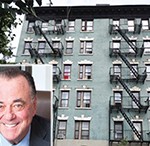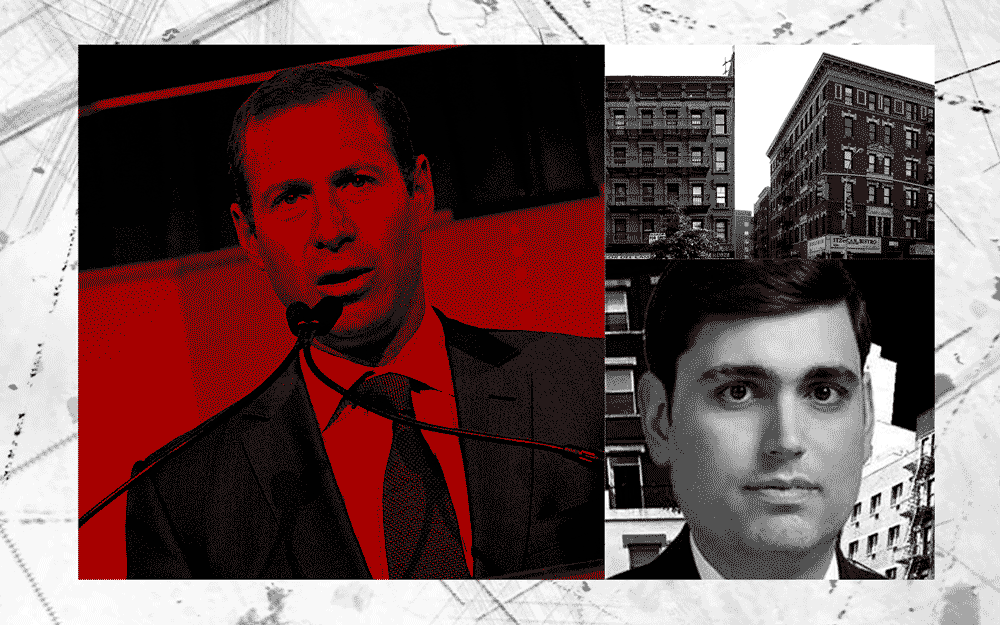Richard Mack’s investment firm was slapped with 10 foreclosure filings Friday after defaulting on $48 million in multifamily debt.
Mack Real Estate Group now stands to lose 30 rent-stabilized properties being crushed by $148.5 million in past-due loans.
And that might not be the end of it.
Property records show the defaulted debt comprises a $189 million refinancing package backed by 39 East Harlem buildings, meaning more pre-foreclosure notices could roll in.
The portfolio is largely rent-stabilized, an asset class handcuffed by the 2019 rent law, then battered by the pandemic, rising interest rates and surging expenses.
The perfect storm blindsided many owners. Some managed to sell; others failed to find buyers before their lenders filed suit.
But Mack came to own the properties after signs of distress had crystallized.
The move points to an ill-timed bet on one of the biggest flameouts in the world of rent stabilization: Isaac Kassirer.
The landlord’s Emerald Equity Group firm picked up the East Harlem assets in 2016 as part of a sweeping 47-building deal. Emerald Equity paid $358 million for the so-called “Dawnay Day” portfolio, using a $300 million acquisition loan.
Kassirer planned to tap his usual business strategy: renovate apartments to remove them from rent-stabilization and score market rents. By 2017 he’d made headway, converting 251 units or about 20 percent of the Dawnay Day portfolio to free-market.
In late 2018, he refinanced part of the $300 million loan with $189 million in debt originated by Sabal Capital Partners through Freddie Mac’s Small Balance Loan program. He aimed to renovate about half of the 39 buildings backed by the loan, but New York’s 2019 rent law blocked the plan.
Mack Real Estate Group, meanwhile, had taken a nine-figure preferred equity stake in the portfolio. Such a move typically positions the investor to remove an owner and take control of the assets, a remedy often tapped if the owner defaults.
By January 2020 — seven months after the rent law passed — Kassirer’s firm was struggling to make interest payments on the fixed-rate loans, court records show.
At the time, the landlord said he was exploring “all options” to save the portfolio. Come February 2021, his loans would begin to amortize and monthly payments would soar — in some cases by 4,000 percent, court records show.
Worse still, the debt’s fixed-rate period expired after five years. By 2024, Kassirer would be paying a floating interest rate for the remaining 15 years of the term, according to court filings.
Still, Mack in January 2023 exercised its option to take over the assets and replaced Kassirer as the guarantor on the $189 million debt, according to loan documents and a PincusCo report.
But, like Kassirer before it, Mack could neither escape the rent law’s tourniquet nor the rising rates awaiting its soon-to-be floating-rate loan. By November 2023, the firm stopped making payments on the debt, according to court records.
It’s not clear Mack had any option but to cut and run. For rent-stabilized assets working on thin margins before the new rent law, landlords say there are few, if any, routes to solvency.
Kassirer and spokesperson for Mack declined to comment.
Read more



